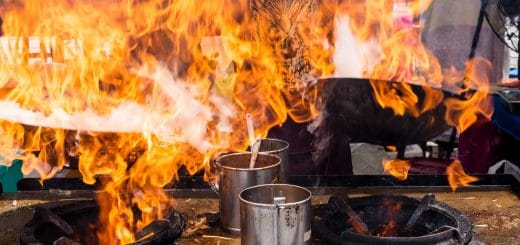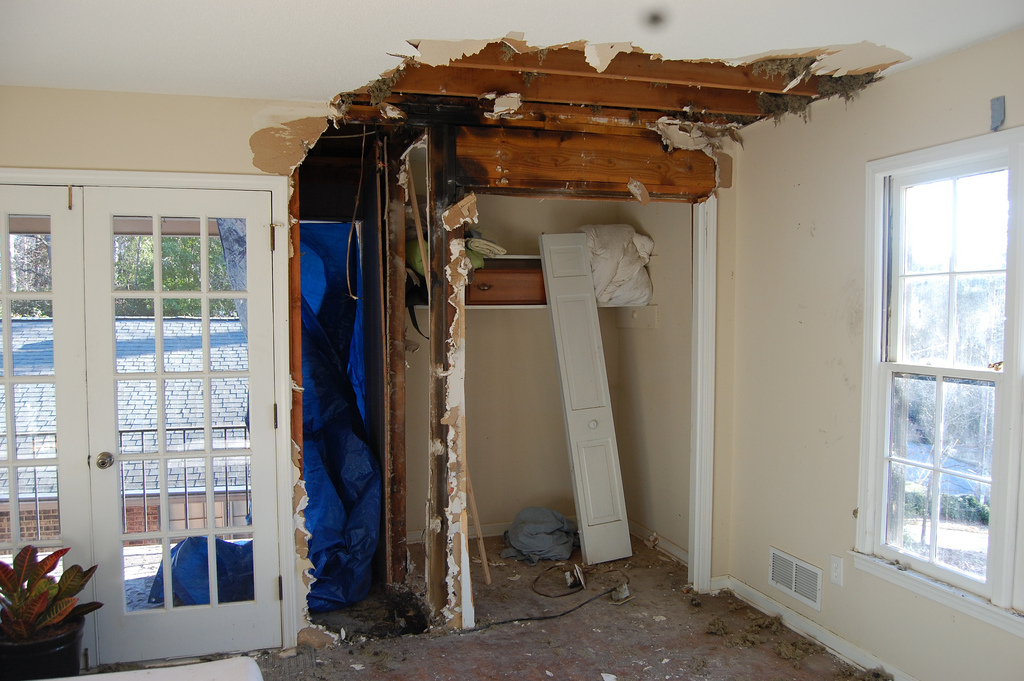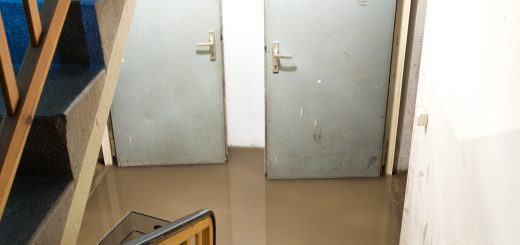How Do I Clean Soot and Ash from Wildfires?
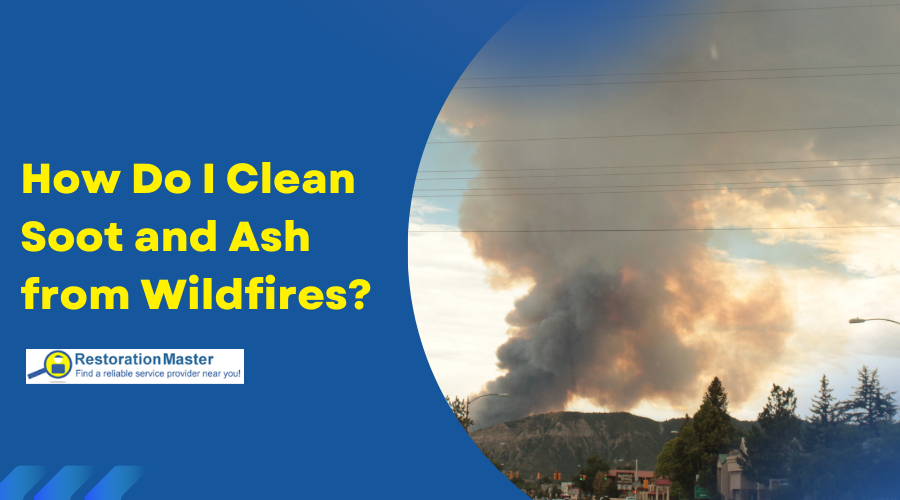
Wildfire is a natural disaster that unexpectedly occurs in forests, grassland, prairie. However, since it has continually happened many times in the past years due to global warming issues, unfortunately, it became an unwanted fire that we await and prepare. In fact, one-third of all homes in the United States are located in the urban-natural land intersection and face increased wildfire risk.
Between 2001 and 2020, there was an average of over 68,700 wildfires per year, with an average of around 7 million acres burned annually. Wildfires are most prevalent in states like California, Texas, and Arizona due to their dry climates, high temperatures, and frequent droughts. These states consistently face the highest number of wildfires and burned acreage each year, with California often leading in both categories.
Fire disasters fear people because of the harm they can cause to people as well as their property and personal content. The flames of a fire burn through whatever materials are in their way and as the fire burns, it also produces smoke, soot, and other corrosive byproducts that cause additional damage to the property.
In situations regarding wildfires, the dangerous nature of smoke, soot, and ash is even more concerning due to the extensive amount the fire produces. Not only are the areas where the wildfire occurred directly affected, but the smoke and other corrosive byproducts it produces can travel away from the site and cause damage thousands of miles away.
As is the case with many disasters, immediate action is imperative to prevent fire damage from causing further harm. But with soot and smoke damage, this is especially the case because failure to address it promptly can lead to permanent damage.
If your home or building has been affected by the soot and smoke of a wildfire, then use the following tips to help clean the soot, ash, and smoke damage.
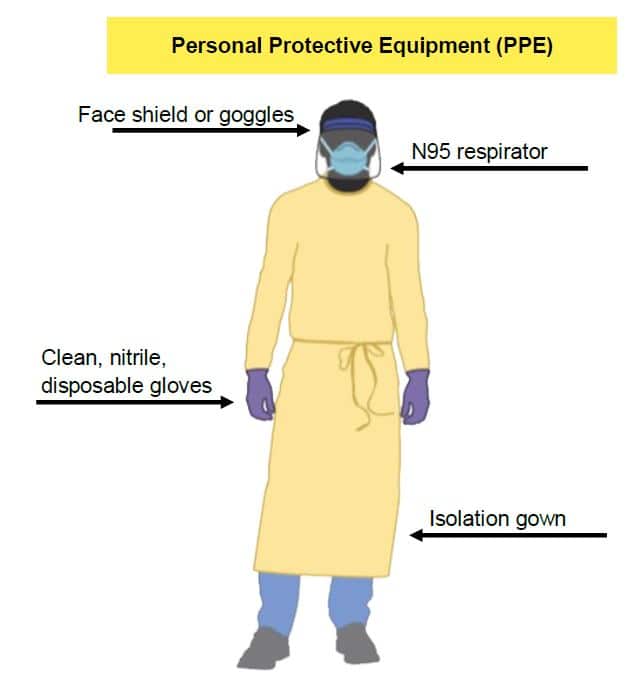
Prioritize Your Safety and Protect Yourself
Before you start cleaning, protect yourself. Do not return to your home or property until it is safe, such as after evacuation orders have been lifted. Otherwise, you put your life at risk.
When it is safe to return to your property, wear the proper protective gear. Wet ash can result in skin irritation or chemical burns. Knowing this, prevent direct contact with ash by wearing gloves and long clothing, such as long-sleeved shirts, pants, and long socks. In the event you do get ash on your skin, wash the area promptly.
You should also wear goggles to keep ash, soot, and smoke from getting into your eyes. An N95 mask is also important to wear because it filters out the large ash particles and other harmful elements, preventing you from breathing them in.
Additionally, make sure kids and other people who are not wearing the proper protective equipment stay out of the ash and damaged areas.
Exterior Fire Damage Cleanup
When cleaning soot and ash from the exterior of your home, there are two key things to avoid: getting ash into the drainage system and using a leaf blower or similar methods that return ash to the air. Both actions may seem like easy ways to rid of the ash, but they can have harmful effects.
If ash makes its way into the storm drains, it can clog the system and pollute the water. Meanwhile, leaf blowers will blow ash back into the air. This could also cause fires to start back up in smoldering areas.
Begin at the top and work down when cleaning the exterior. Check the roof for lingering embers or sparks and put them out. Wetting down the roof will also keep the particles from flying back into the air, but you will want to use as little water as possible.
Use a wet mop to gently collect the ashes in a garbage bag. You can also use a brush or broom to remove the ash, but it must be done carefully to avoid redistributing the ash into the air.
To clean soot and ash from siding, windows, and other hard surfaces, use a standard garden hose with a nozzle to spray them down with water. Do this in a controlled manner that directs the water to your lawn or other landscaping, and away from storm drains. If there are tough spots, a pressure washer on its lowest setting can be used.
Once the soot and ash have been sprayed off, clean the windows as you normally would.
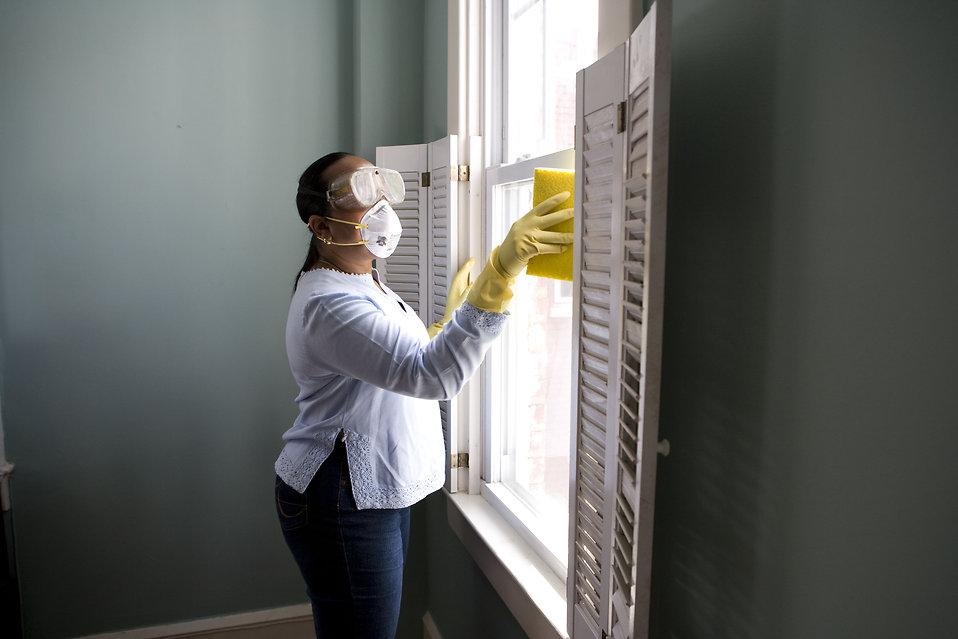
Interior Fire Damage Cleanup
In an ideal situation, your home or building’s HVAC system should be cleaned by a professional to ensure the proper removal of ash, soot, and smoke. This is important to have clean air to breathe when cleaning your property’s interior.
Prepare the Area
Before you start, close off any vents or windows to prevent soot from circulating throughout your home during the cleaning process. Lay down drop cloths or old towels in the workspace to catch any falling soot or debris.
How to Best Clean the Soot
Next, address the soot. If you have a HEPA-filter vacuum, use the HEPA-filter vacuum cleaner to carefully remove as much soot as possible from the floor. Gently vacuum the area without using too much pressure, as this may push soot particles deeper into the fibers of carpets or upholstery. Ensure that you dispose of the vacuum bag or canister contents outside of your home to prevent any reintroduction of contaminants.
Mild soap and water can be sufficient for cleaning soot but not always. If you need a more effective cleaning method, create the following solution:
- 1-gallon warm water
- 1 cup bleach
- 4-6 tablespoons of trisodium phosphate (TSP)
How to Clean the Ash
From there, start by cleaning the ash. Use a dust cloth to remove ash from affected surfaces, opting for a brush or hand broom on softer surfaces, like textiles. Collect all the ash into a trash bag and use a wet mop on the floor to finish. Do not vacuum the ash unless you have a HEPA filter vacuum.
Dampen the Surface
After vacuuming, lightly dampen a microfiber cloth with your cleaning solution. Avoid soaking the cloth, as excessive moisture can cause soot to smear or penetrate further into surfaces. If you are cleaning hardwood floors, be particularly cautious with moisture to prevent warping or damage.
Clean with a Light Touch
Start wiping the floor in sections. Use a gentle scrubbing motion with the damp cloth, working from the edges toward the center of the affected area. Rinse the cloth frequently in clean water to avoid reapplying soot, and always wring it out thoroughly before continuing to avoid oversaturating the floor.
When dealing with soot and ash, it’s essential to approach the task methodically to ensure that you don’t spread contaminants or cause additional damage. Start from the lowest point and work your way upwards, focusing on one section at a time. This sequence minimizes the risk of falling debris or soot being transferred to freshly cleaned areas.
Professional Fire Damage Restoration Help
If your home or property suffers fire and/or smoke damage due to a wildfire, it can be a lot of work to handle on your own. You may not have the time, energy, or ability to do fire damage cleanup yourself. That is why there are professional fire damage restoration services available.
With professional help, qualified technicians will handle the entire fire damage restoration process in its entirety, taking care of everything including cleaning, repairs, and odor removal. Such assistance will ensure that your property is safe and clean to return to.
Related Wildfire Damage Blogs:
How Do Wildfires Start?
Complete Guide for Wildfire Preparedness
How to React to Fire Damage from a California Wildfire










